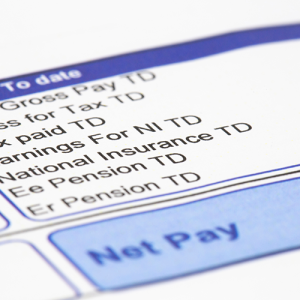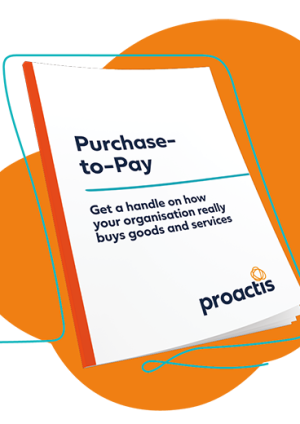26 September 2008
Public bodies have made growing use of sanctions and rewards without any clear knowledge of whether they work, the National Audit Office has found.
Its report, The use of sanctions and rewards in the public sector, unearthed 'no quantified evidence' of their effect on performance, even though they are used by around 40% of respondents among the 145 government programmes surveyed.
Sanctions and rewards were most common in service delivery, where almost 60% of programmes used them. But fewer than 25% of those designed to build capacity or influence outcomes did so.
Three types of sanctions and rewards were used: financial bonuses or penalties; granting organisations greater or lesser autonomy from inspection; and the publication of league tables.
Government bodies that had to manage performance through delivery chains usually tried to improve it with sanctions or rewards but these proved 'often insufficient', the NAO said.
Both organisations and individuals responded to incentives, but these could promote or hinder performance, depending on their design and implementation.
The report found that most were aimed at the organisational level, partly because of the difficulty 'of measuring the contribution of individual employees to many public sector outcomes'.
PFsep2008



















